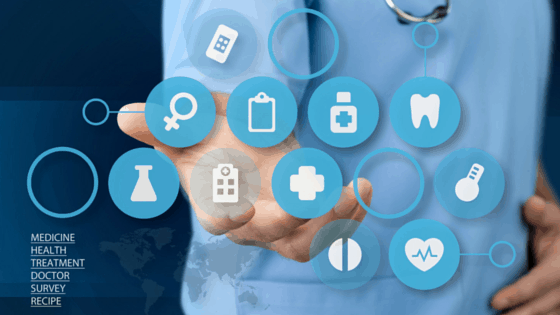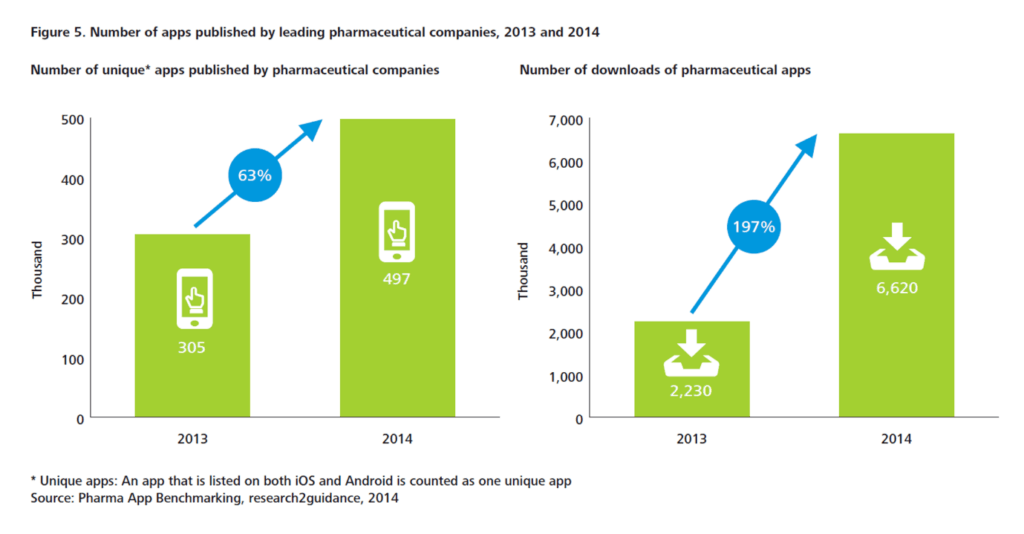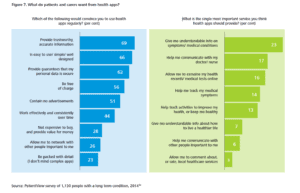Big data in treating mental disorders explains how data is transforming the treatment of mental disorders and the overall life science industry. Monsenso’s mHealth solution shows how technology provides new ways to inform treatment and achieve scalability. This is a blog post written by Mads Frost PhD, Co-founder and Chief Product Officer of Monsenso.
The challenge with mental health today
According to numerous analyses and forecasts conducted by several international organizations and authorities, mental health today is one of the biggest challenges for society and health budgets. In fact, the World Health Organization (WHO) has predicted that mental disorders will be the greatest health burden for society in the coming years. This emphasizes the need for solutions to remedy this. Presently, technology is the best bet.
An example of the utilisation of technology to help overcome the burden of mental health for society is Monsenso. Monsenso is an innovation leader in mHealth solutions for the treatment of mental disorders. Monsenso helps support the treatment of mental disorders by inspiring and strengthening cooperation between patients and therapists.
Based on continuous research with leading experts in psychiatry, pervasive healthcare and data science, Monsenso has designed an innovative solution that fits into each patient’s life and helps them to better manage their disease as well as increasing the quality and effectiveness of treatment. It has been developed in a user-centred design approach, with patients, clinicians and relatives, to ensure that the solution is easy to apply and fits into the patient’s life and treatment.
The mental x-ray
Through daily self-assessment, clinical questionnaires, and collection of behavioural data from both sensors in modern Smartphone, wearables, and even voice analyses of patients’ voices, Monsenso provides the patient and the therapist with a detailed insight into the user’s mental health state. Through the application of advanced data analysis, indicators such as behavioural patterns, contexts and even forecasting future conditions and risk levels can be demonstrated – all with the purpose of gaining better insight into the patient’s mental health and providing an improved basis for treatment.
Generally, many organizations are fighting to realize mHealth’s full potential. According to a study where clinicians have been asked: “What is your most pressing information technology problem”, the answer that received the highest percentage of responses was, “turning data into action.” [1]
Psychiatry has previously used paper schemes to collect information from patients. However, but current technology provides access to a wide range of information that has not previously been available. This technology can be called the mental x-ray, in that using this technology can be used to see and monitor mental functioning with x-ray like precision and detail. This allows for early interventions and to help patients when they are in need. An example of this at work is the Monsenso based research into using voice analysis as an objective state marker for bipolar disorder . [2]
Paradigm shift in treatment: How do we achieve scalability?
To achieve the benefits of technology, it is necessary to adapt the clinical workflows. Psychiatry has a very traditional form of treatment where the patient meets the therapist and receives face-to-face treatment. The future brings more patients and fewer therapists – how do we scale this?
One possible solution is to optimising treatment is to use monitoring systems. These systems can rapidly identify which patients are in need of help, and which ones are well. In this way, clinicians’ time can be focused on patients who are in need. Likewise, the systems can be more treatment-supporting, taking over the trivial and automatable tasks of the clinician, allowing them to spend their time on those with the greatest needs – the complex cases that technology cannot help. The last perspective – a paradigm shift in treatment – is to go from a reactive to a proactive approach. The proactive approach comes from gathering more detailed information, to lead to more informed decisions and earlier interventions. More information can help immediately notify both patients and clinicians when things start to go in the wrong direction, and need help to prevent potential hospitalisations. And the patients, who are well, can focus on life and not illness. However, it is important to keep in mind that it is not a trivial task to realise this.
How should we realise the potential of ‘Big Data’
On an overall level, there are a number of points that companies that are active in data-driven health technology should think about to thrive in complex health environments:
- Find applications and services that bring tangible value to identifiable stakeholders – it must provide meaning and value to end users
- Think on a global scale
- Focus on solutions, not technology
- Identify potential partners to create greater impact and find new value
Most of all, those who come from the outside into the healthcare domain must avoid the trap of seeing technology as something different from healthcare. Its greatest value will be how it integrates with healthcare systems and allows clinicians to provide better care for patients.
In some cases, technology will appear illusory: Personal contact between patient and therapist will always have a place in treatment, but data driven approaches can revolutionise the basis on which treatment is given.
Where are we going?
There are many possibilities that presents itself when exploring data driven approaches. I have particularly emphasised ‘Context Aware Computing’ as one of the perspectives that are important to pursue. The goal is to use the context of the patients to provide the right intervention, to the right patient, at the right time, at the right place. This is not a trivial task, but extremely important for solutions like Monsenso to really help patients. The present systems are still relatively unintelligent in terms of achieving this, based on the amount of data available. It is difficult to know the context of what the collected data in the system is based on – what experiences and thoughts the patients have.
[1] Top 5 industry challenges of 2016 By Aubrey Westgate, November 30, 2015 http://managedhealthcareexecutive.modernmedicine.com/managed-healthcare-executive/news/top-5-industry-challenges-2016?page=0,0
[2] VOICE ANALYSIS AS AN OBJECTIVE STATE MARKER IN BIPOLAR DISORDER. M Faurholt-Jepsen, J Busk, M Frost, M Vinberg, EM Christensen, O Winther, JE Bardram, and LV Kessing. Translational Psychiatry, 2016. (ISSN: 2158-3188) (DOI: http://dx.doi.org/10.1038/ tp.2016.123), vol: 6, issue: 7, 2016







